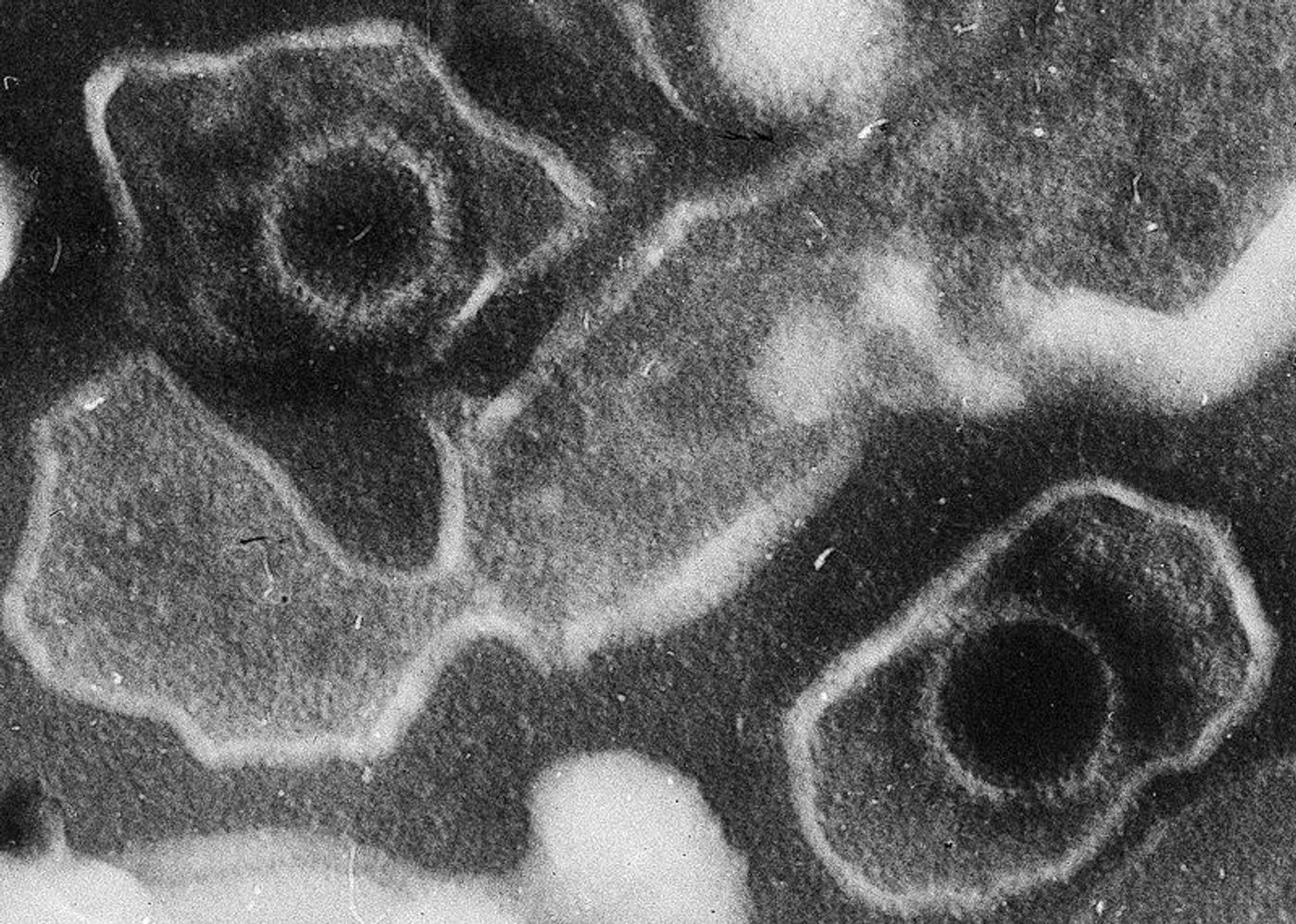Epstein-Barr Virus Raises Risk of 7 Diseases in Addition to Mono
The repercussions of an infection with Epstein-Barr virus (EBV) may not end with mononucleosis, “mono” or “the kissing disease.” Findings from a new study from scientists at the Cincinnati Children’s Hospital Medical Center reveal seven other diseases for which the virus may be at least partially responsible.
Scientists all over the world will likely begin to rethink these seven diseases and their pathologies:
- Systemic lupus erythematosus (SLE)
- multiple sclerosis (MS)
- rheumatoid arthritis (RA)
- juvenile idiopathic arthritis (JIA)
- inflammatory bowel disease (IBD)
- celiac disease
- type 1 diabetes
This is because EBV seems to be, like a poor diet or pollution, an environmental factor that impacts a person’s risk of developing disease. "Some EBV vaccines are under development,” said study co-leader Leah Lottyan, PhD. “I think this study might well encourage them to push forward faster and with rededicated effort."
Nearly all United States citizens will be infected with EBV by the time they turn 20 years old, and it stays with them for life. Whether or not they show physical signs of mononucleosis is another question. For those who develop mono, they experience extreme fatigue, fever, sore throat, swollen lymph glands, and occasionally a swollen spleen. Infection with EBV is diagnosed via a blood test. Most of the symptoms go away on their own within several weeks, but fatigue can last for months.
The new study focused on a type of protein produced by EBV, a transcription factor called EBNA2 that binds to multiple places in the human genome that are associated with the seven diseases identified. EBV invades B cells of the immune system, cells which normally produce antibodies in response to an infection. However, EBNA2 changes the way B cells function once they’ve been infected with EBV.
The seven diseases are similar in that they are all affected by the EBNA2 protein. Depending on which part of the genome EBNA2 attaches to, different diseases are at a heightened risk of developing.
“When this virus infects cells, the virus makes its own transcription factors, and those sit on the human genome at lupus risk variants (and at the variants for other diseases) and that's what we suspect is increasing risk for the disease,” Kottyan explained.
"Now, using genomic methods that were not available 10 years ago, it appears that components made by the virus interact with human DNA in the places where the genetic risk of disease is increased," explained study co-leader John Harley, MD, PhD. “Assuming that others can replicate our findings, [reconsidering EBV] could lead to therapies, ways of prevention, and ways of anticipating disease that don't now exist.”
The present study was published in the journal Nature Genetics.
Sources: MedlinePlus.gov, Cincinnati Children’s Hospital Medical Center









